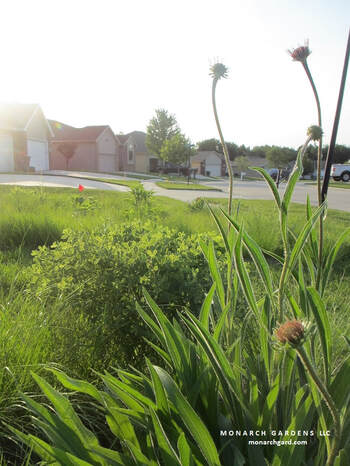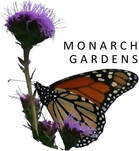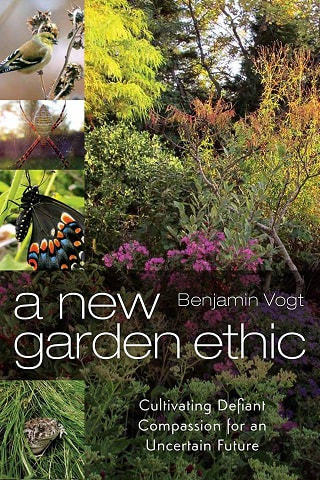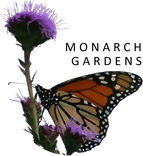There is no clear answer. The easiest native plants are those fitted to your site conditions and the other plants growing alongside them. And sometimes “easy” means you don’t have to water, the plant doesn’t spread too much, or the plants doesn’t get too tall and flop over messily. These three scenarios don’t have blanket answers, but I could say that, in order: 1) match the plant to soil and drainage; 2) match the plant to site conditions and other plants; 3) maybe the plant is in the wrong spot, tended too much, or isn’t in the best plant community.
We’ve first got to take our cues from wild plant communities -- observing how specific species perform together in specific scenarios. But we also have to know that when we try our best to match these realities in suburbia -- at home or at work and school -- the outcome will always be a bit different. For example, the soil life and profile is changed and the environmental stressers are somewhat novel. But that doesn’t mean we can’t translate well and help support the same fauna (like insects) that use both wild native plant communities and their urban analogues.
- Baptisia minor
- Heuchera richardsonii
- Echinacea pallida
- Callirhoe involucrata
- Liatris aspera
- Symphyotrichum oblongifolium
- Schizachyrium scoparium
- Bouteloua curtipendula
There are many reasons these plants work well together, from human aesthetic concerns to filling ecological niches and layers. The grasses, mallow, and alumroot all work as a ground cover or green mulch. The forbs serve as seasonal color and resources for pollinators of various species. There’s different texture, structure, and height for humans to enjoy. Many of the plants look good in winter. Some plants have fibrous root zones, some are tap rooted, and others have corms -- this mixing ensures plants don’t always compete at the same levels for nutrients, but also helps stem erosion and rainfall absorption as the soil layers are amended. Well, I could REALLY go on about all of this, but that’s for another time. If you crave more specifics please ask away.
Ultimately, the above plants are fairly low worry, adaptable, and thrive with loving neglect. You still have to "garden" of course -- weeding, thinning, replacing, cutting back in spring, etc -- but the above short list does tend to be fairly reliable.



 RSS Feed
RSS Feed

